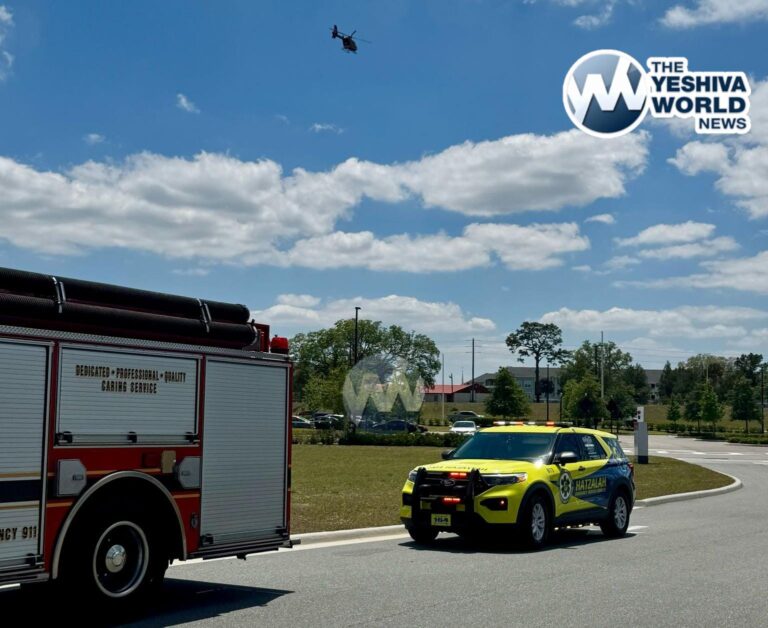 Sandy may combine with a second storm coming out of the Midwest to create a system that would rival the New England hurricane of 1938 in intensity, said Paul Kocin, a National Weather Service meteorologist in College Park, Maryland. The hurricane currently passing the Bahamas has killed 21 people across the Caribbean, the Associated Press reported, citing local officials.
Sandy may combine with a second storm coming out of the Midwest to create a system that would rival the New England hurricane of 1938 in intensity, said Paul Kocin, a National Weather Service meteorologist in College Park, Maryland. The hurricane currently passing the Bahamas has killed 21 people across the Caribbean, the Associated Press reported, citing local officials.
“What we’re seeing in some of our models is a storm at an intensity that we have not seen in this part of the country in the past century,” Kocin said in a telephone interview yesterday. “We’re not trying to hype it, this is what we’re seeing in some of our models. It may come in weaker.”
The hybrid storm may strike anywhere from the Delaware- Maryland-Virginia peninsula to southern New England. The current National Hurricane Center track calls for the system to go up Delaware Bay and almost directly over Wilmington, Delaware, just southwest of Philadelphia, on Oct. 30-31.
The hurricane center warns the track is subject to change.
Sandy’s Impact
“Users are reminded to not focus on the details of the track forecast late in the period, as Sandy is expected to bring impacts to a large part of the U.S. East Coast early next week,” the center said.
A tropical-storm watch was issued from Savannah River northward to Oregon Inlet in North Carolina, the NHC said in an advisory. A tropical storm warning is in effect for Florida’s east coast from Ocean Reef to Flagler Beach. A storm watch means tropical storm conditions are possible within the region, a warning means tropical storm conditions are expected.
As of 8 a.m. New York time, Sandy was a Category 1 hurricane with winds of 80 miles (129 kilometers) per hour, down from 100 mph earlier, according to the hurricane center in Miami. It was 15 miles east of Great Abaco Island in the Bahamas and 480 miles south-southeast of Charleston, South, Carolina, moving northwest at 10 mph.
“If the storm follows the current hurricane center forecast, we are looking at over $5 billion in damage,” Chuck Watson, director of research and development at Kinetic Analysis Corp. in Silver Spring, Maryland, said yesterday.
Watson said the track may change quite a bit between now and early next week. An accurate assessment of potential damage from wind and rain probably can’t be made until late this week.
Weakening Insignificant
Sandy’s apparent weakening doesn’t accurately predict the storm it may become, said Matt Rogers, president of Commodity Weather Group LLC in Bethesda, Maryland. Computer models suggest the hurricane may transform into a hybrid system over the weekend because of another storm moving in from the Midwest.
“When the storm phases with the energy from the west, it is forecast to deepen rapidly,” Rogers said. “Indeed, it is expected to continue weakening until phasing really takes place late Sunday into early Monday.”
The 1938 hurricane killed more than 500 people after crossing Long Island and battering Connecticut and Rhode Island.
“We can say even now our worst fears may be realized,” Kocin said. “If we were seeing what we’re seeing today one day out, we would really be shouting the alarms.”
States Prepare
Governments along the East Coast are preparing for Sandy’s impact. New York Governor Andrew Cuomo directed state agencies to monitor the storm and Massachusetts’s Emergency Management Agency warned residents to expect the worst.
New York City has a 55 percent chance of winds of at least 39 mph by Oct. 30, according to estimates by Tropical Storm Risk, a consortium of experts on insurance, risk management and climate supported by the U.K. government.
New York Mayor Michael Bloomberg said the city was taking routine precautions at this stage.
“A good message to everybody is you should always have a ‘go’ plan,” he said at a news conference yesterday. “Particularly if you live near the water in a low area, you may have to be evacuated. I wouldn’t plan on it today. Listen to the radio and if necessary follow the instructions.”
U.S. Utilities
Utilities along the East Coast were monitoring the storm. Nine mid-Atlantic power companies held their first conference call Oct. 24 to discuss how crews will be dispatched to the hardest-hit areas, Myra Oppel, a spokeswoman for Pepco, Washington’s electric utility, said yesterday in an interview.
Pepco retained 400 contractors already working on its system so they’d be available if the storm hits that area, Oppel said. New Jersey’s Public Service Electric & Gas Co. prepared sandbags to protect substations.
Exelon Corp. (EXC)’s Baltimore Gas & Electric urged its 1.2 million power customers in central Maryland to prepare for power failures and flooding. “We’re taking this extremely seriously,” Robert Gould, a utility spokesman, said in an interview yesterday.
The system crossed Jamaica Oct. 24 and Cuba yesterday, tracking north to the central Bahamas, where a hurricane watch was posted for many of the islands.
Winds of at least 74 mph extend 35 miles from Sandy’s core, while gusts of 39 mph reach out 275 miles. The distance from Freeport, Bahamas, to Fort Lauderdale, Florida, is 94 miles.
On Jamaica, 70 percent of the island lost power, roofs were torn from homes and roads were blocked by downed trees and floods as Sandy roared ashore, according to Air Worldwide.
Tom Larsen, senior vice president and product architect at Eqecat Inc., a risk modeler in Oakland, California, said yesterday he doesn’t expect Sandy to be worse than Irene. That storm struck the East Coast in August 2011, killing at least 45 people and causing at least $15.8 billion in damage, according to the hurricane center.










